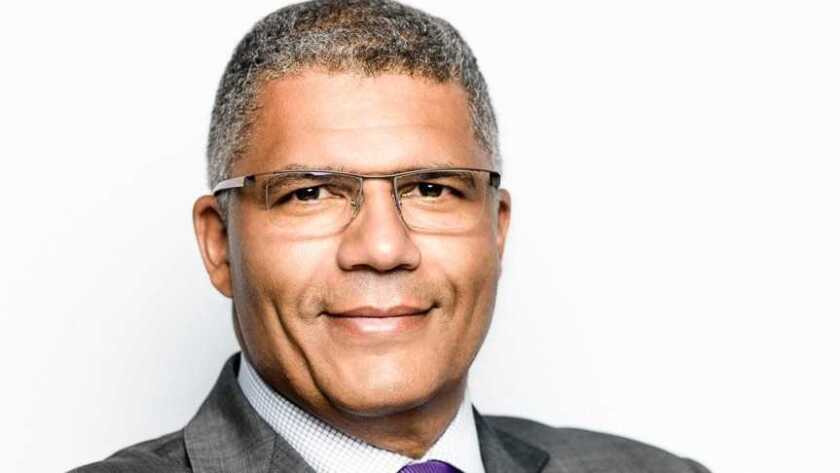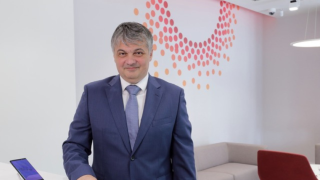ASN was recently announced as the builder of the Hong Kong – Americas (HKA) open cable system. What is the significance of this collaboration? Can you expand on the ‘open’ nature of this cable?
This system is a good example of cooperation between OTTs and major Chinese carriers, with a dual purpose: serving the objectives of Chinese carriers to connect to the US and supporting the OTTs drive into Asia. By purchasing an “open” cable, investors are buying independent fibre-pair, which means each of them can light their fibre-pair as and when they see fit, with terminal equipment of their choice.
Additionally, ASN is collaborating with INFN on its subsea cable project for an underwater multi-disciplinary laboratory. Can you expand on what ASN will be contributing to the project and what this means for the research community it is being built for?
ASN will provide Instituto Nazionale di Fisica Nucleare (IDMAR) with a direct current fibre-optic infrastructure, which will supply power and fibre connection to a submarine telescope. This submarine telescope will be able to capture the neutrino traces in the deep sea which will give scientists valuable information about the origin of universe; it will be located 3500m deep off the cost of Sicily.
The direct current fibre-optic technology was originally developed and qualified for oil & gas applications, though a partnership with Equinor, the leading oil & gas company in Norway.
What unique opportunities are there in the subsea cable industry at the moment and how is ASN capitalising on these opportunities?
The fast growth of content providers is stimulating traffic demand worldwide, requiring more and more submarine cable capacity. To cope with this increasing demand, ASN has developed a new solution called spatial division multiplexing (SDM1), which enables better cost efficiency for large capacity systems. Specifically, SDM1 trades fibre-pair count vs capacity per fibre-pair, optimising power consumption and cost-per-bit. ASN has recently announced aluminum conductor cable, which is part of the SDM1 strategy.
What are your thoughts on the increasing number of cable projects forgoing the cable landing station and connecting directly into the data centre?
There is an ongoing trend for customers - carriers, OTTs etc. - who want to connect directly in telecommunications point of presence (PoP). For them, the landing station is just a technical stop, the real interconnection happens in the PoP. As it becomes technically feasible to go transparently through the landing station we have been led to propose simplified landing station functionality, sometimes only hosting the power feed equipment (PFE) and optical amplifiers.
How has the entry of OTTs into the subsea cable market changed the relationship between content providers and telcos?
Instead of buying capacity or fibre-pairs from carriers, OTTs are now more and more inclined to build their own physical network. In practical terms, this means they are now the owner of their infrastructure and submarine cables. However, they still have to cooperate with carriers, which provide the landing licenses and facilities.
How is the advent of emerging technologies like 5G and IoT affecting ASN? Is it driving the need for more subsea infrastructure?
5G will bring very high capacity connections and we expect it to revolutionise our lives, impacting many industrial sectors as well as personal usage. On the other hand, IoT will provide permanent low-cost, low-throughput connections to billions of various devices.
Everyone and everything are going to be always connected, generating a need for a highly resilient and very high-capacity global network. Submarine cable networks will continue to be the key constituent of this international global network and will therefore support the growing demand for capacity and connectivity. We are already witnessing a strong increase of demand for cable projects worldwide.
As we venture further into 2019, what is the roadmap for ASN?
ASN is dedicated to supporting the growing demand for submarine cable projects. ASN is continuously optimising its industrial processes to deliver new systems at a faster pace. In addition, ASN will continue to push the technology towards more capacity, better connectivity and flexibility, while optimising both procurement and operational costs of submarine systems. SDM1 will be a key element to successfully fulfilling market needs.






